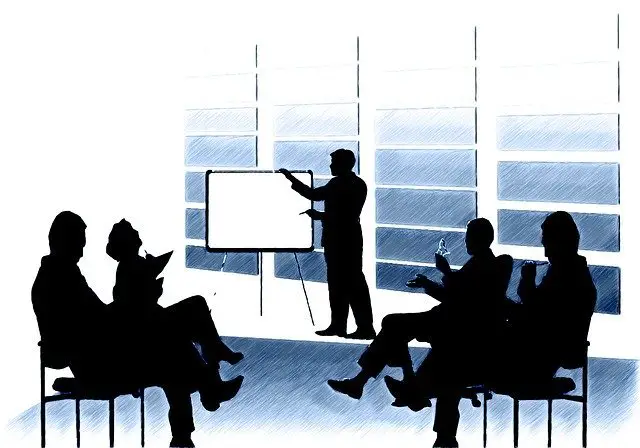Preparing for a Big Presentation: Rehearse and Build Flow and Confidence
It feels great when your presentation is beginning to come together and look…’presentable’. But it won’t be done until you have done some substantial rehearsal, going through all of the materials in order. You may find that certain parts don’t flow as well as you thought…and you need to make some changes. You may find that your explanations of the slides need to be honed a bit…to make them flow better to communicate the ideas and complement the visuals. You also may find that you need to get yourself away from the detail of building the slides…to take a fresh perspective on the material to be presented…and even get some last minute feedback from your team. Indeed, you’re not ready until you have finalized with everyone…and sufficiently rehearsed the presentation.
This is the fourth of a series of four articles on “Preparing for a Big Presentation”, where we explore critical aspects of preparing for a big presentation – one where you show your command of the project from a stakeholder perspective, your team’s capabilities and readiness to deliver, and your organizational and communication skills. This article, Part 4 in the series, “Rehearse and Build Flow and Confidence”, gets you ready for the physical audience-facing aspect of the presentation to ensure it flows smoothly for you and clearly for them. Part 1, “Determine the Key Topics to Be Covered”, looks at the first steps of scoping the presentation to determine the primary topical areas to be covered. Part 2, “Involve Stakeholders as Early as Possible,” looks at the importance of gathering input from all stakeholder groups early in the preparation process. Part 3, “Allow Plenty of Time to Prepare Slides,” gets into the nuts and bolts of building the slides of information to be presented.
I suggest three areas where you can ‘rehearse’ your presentation:
- By yourself – Your first line of attack is to go through the whole presentation by yourself. And while it is helpful sitting and going through slide by slide, there is nothing better than standing up and actually presenting each slide – even if to an empty room. It will force you highlight or explain, will force you to think about what you do and don’t need to highlight, and will enable you to test the transition from topic to topic and slide to slide.
- In customer meetings and discussions – Your project most likely will include ongoing customer meetings all during the preparation period leading up to the presentation. Pay close attention to what customers are saying – what they are asking, what is most important to them, issues that are resolved in their minds, and issues that are not. Take advantage when they ask you questions how your answer might relate to the presentation.
- With your team – You need your team’s support – to make the project successful as well as to make the presentation effective. Make sure you practice the briefing with your team to make sure everything is correct, that they are aligned with what you are saying (you made need to make corrections), and to get their honest feedback about how well you are communicating the ideas.
The most polished presentation slides still require plenty of rehearsal…to polish your communication of the ideas.
Shortly before your presentation, ask yourself if you have rehearsed sufficiently. Can you think of any other ways to rehearse?
This Post is Part of the Series: Preparing for a Big Presentation
This series of four articles below explores the approach to building a successful presentation.
